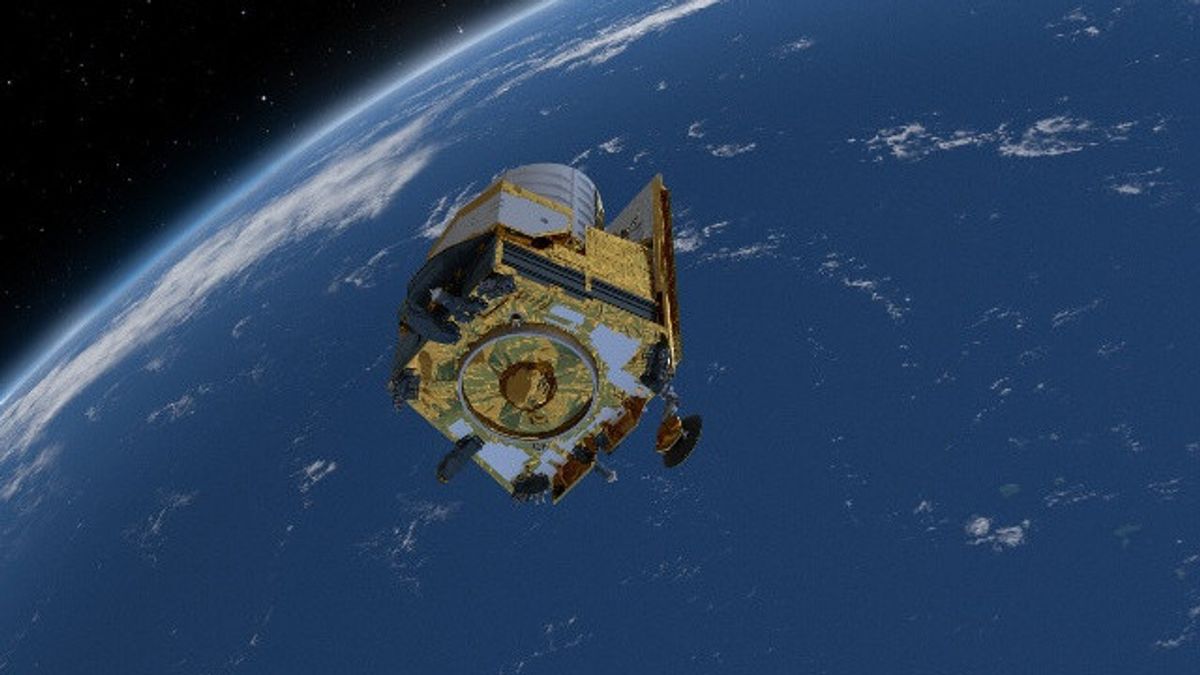JAKARTA - The European Space Agency (ESA) this week will launch the Euclidean Space Telescope, designed to explore a vast and dark universe.
On Saturday, July 1, Eculid will board a SpaceX rocket, Falcon 9 from Cape Canaveral, Florida, United States (US) at 11:11 p.m. local time. The launch of the reserve will take place the next day.
The telescope is named after Greek mathematician Euclidean, who lived around 300 BC and founded a geometric subject. Because the density of matter and energy is related to the geometry of the universe, the mission is named in honor of it.
Eculid is a fully European mission, built and operated by ESA, with contributions from NASA.
Eculid will explore the composition and evolution of the dark universe. The telescope will create the largest 3D universe map, most accurately across space and time by observing billions of galaxies up to 10 billion light-years, and exploring more than a third of the sky.
The telescope will explore how the universe expands, finding out large-scale structures are distributed across space and time, revealing more about the role of gravity as well as universal properties of energy as well as dark matter.
From there, ESA astronomers can conclude the nature of dark energy, dark matter, and gravity, to reveal more about their precise nature.
After launch, Euclid will sail towards the Lagrange Sun-Earth 2 (L2) point. Four weeks later, the telescope will orbit there, located 1.5 million kilometers from Earth, opposite the Sun.
Once in orbit, the mission operator on land begins verifying all telescope functions. In that time, the remaining water is released and then the Euclidean instrument will be turned on.
Circulating one and three months after launch, Euclid will go through several calibrations and scientific performance tests as well as prepare for its science mission. The telescope begins its early phase of the universe survey three months after its launch.
اقرأ أيضا:
Measuring a height of about 4.7 meters and a diameter of 3.7 meters, Eculid consists of two main components, namely the service module and the payload module.
The payload module consists of a 1.2 meter diameter telescope and two scientific instruments, such as a camera with visible wavelengths of VISible (VIS) and Near-Infrared Spectrometer and Photometer (NISP) instruments.
Thanks to the system, the image quality of Euclidean is at least four times sharper than that achieved by ground-based sky surveys.
Meanwhile, service modules contain satellite systems, namely power plants, electricity distribution, attitude control, data processing electronics, propulsion, telekomando, telemetry, and thermal control.
The English, Chinese, Japanese, Arabic, and French versions are automatically generated by the AI. So there may still be inaccuracies in translating, please always see Indonesian as our main language. (system supported by DigitalSiber.id)













